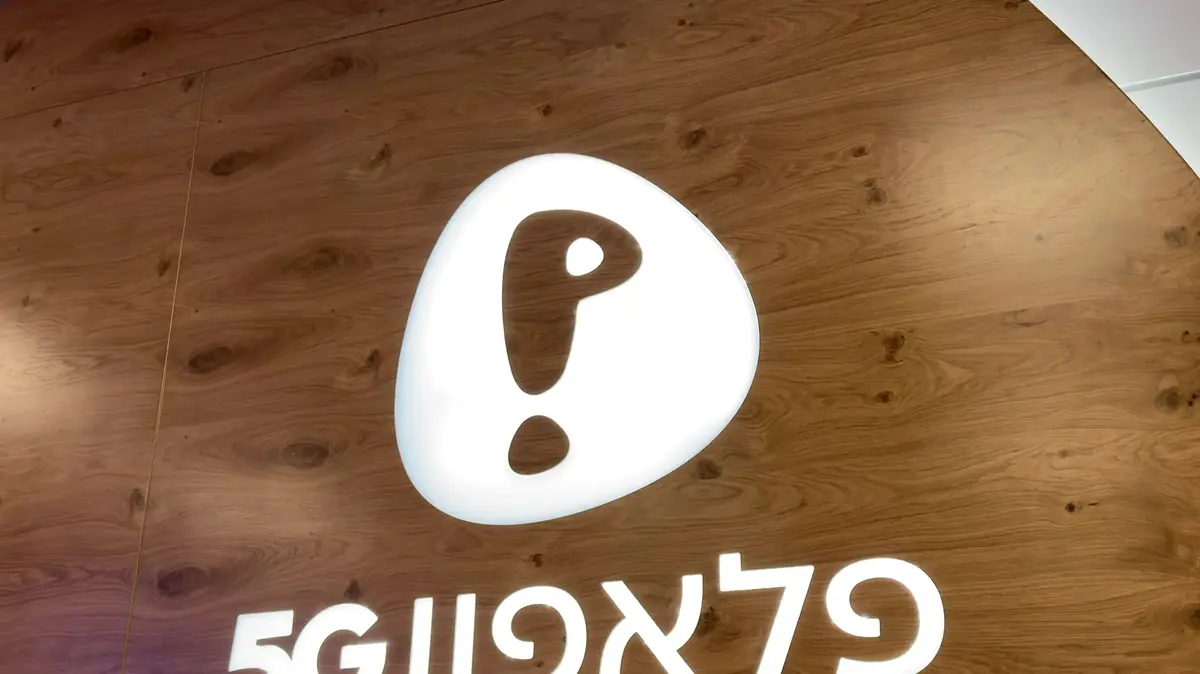Twelve months have passed since the auction of the first frequencies for the fifth generation of mobile communications (5G). Now the 5G train is picking up speed.
Berlin (dpa) - With the fifth generation of mobile radio (5G), the providers want to offer an ultra-fast mobile Internet in Germany. But before the first radio mast could be upgraded with the new technology, Deutsche Telekom, Telefónica and Vodafone as well as the newcomer 1 & 1 Drillisch had to pay billions a year ago for the rights of use of the 5G frequencies.
The auction of the required frequency spectrum ended on June 12, 2019 after 52 days and 497 individual bidding rounds. The first 5G stations are now online. The big boost is still ahead.
Cell phone masts for 5G
There are currently around 80,000 cell towers in Germany. Many of them are already largely prepared for 5G. Only a few smaller components need to be replaced or added there. With the higher bandwidths of 5G, however, the requirements for the Internet connection of the mobile radio stations also increase. While a directional radio link was often sufficient for access to the Internet for LTE (4G), ideally 5G stations should be attached to a high-performance fiber optic cable.
In addition, significantly more stations have to be built for a nationwide expansion. But this will also be a process that will drag on until 2025. This year, Telekom plans to prepare over 40,000 antennas for 5G expansion on the 2.1 GHz frequency. They want to supply more than half of the population with 5G. However, many white spots will remain.
Problem with the expansion of the LTE networks
The expansion is made more difficult by the uncertainty as to whether the providers may also use technology from the controversial Chinese technology group Huawei, which was used in large numbers when expanding the LTE networks. All providers emphasize that they definitely do not use any Huawei systems for the 5G core network. Telefónica relies on Ericsson, Vodafone and Telekom to decide in the coming months.
It is more difficult to do without Huawei in the area: "We rely on several manufacturers on the edge of the network. In addition to Ericsson, this is also Huawei," says Vodafone Germany's chief technology officer, Gerhard Mack. "With the 5G network in the area, we do not intend to completely do without Huawei antennas, because some of them are already 5G compatible and only smaller components need to be replaced." These systems can be upgraded to 5G with modest effort. "If we were forced to completely do without the technology of this manufacturer, we would have to either completely replace the existing technology at the affected locations or - even worse - build the actual mast with enormous effort."
Industry before private provider
With or without Huawei: Before private users across Germany can use 5G without gaps, the focus will be on expansion in the industrial sector and in research. In this country, companies, universities and other organizations are allowed to use 5G frequencies locally, for example to use networked production processes on a campus, in which the transmission of large amounts of data in real time is an essential prerequisite. These applications work even if all of Germany is not yet networked with 5G.
For private users, the providers are currently building showcases that are intended to illustrate concrete application scenarios for 5G. Vodafone has linked two petrol stations in Düsseldorf and Erfurt with 5G. "In the future, drivers will not only be able to use such places to refuel or recharge their electric cars," says Vodafone manager Mack. "Thanks to 5G, you could also use the time to pump large software updates onto the car." Other showcases are concerned with how online gamers can transmit data with as little time delay (latency) as possible while playing.
Input from the smartphone manufacturer
Smartphone manufacturers are also giving new impetus. The first 5G devices, such as the Huwaei P40 Lite 5G, are now on the market in the Android warehouse and can be had for less than 500 euros. And for Apple customers, the 5G era is likely to begin this fall with the iPhone 12.
Customers who do not have a 5G device also benefit from 5G expansion, because LTE supply is often improved in one go. In the latest study by the market research company Open Signal, Germany, along with Canada and Japan, was one of the countries in which download speeds have increased significantly in recent months. "Germany has caught up massively as a nation," says Vodafone manager Mack. "We are not yet in a top position in Europe. The Netherlands and Switzerland are better than us there. But we have caught up massively."
In order to further improve the network quality, the providers have to set up new antenna masts, which they then often share with their competitors. But finding locations is difficult. This is not just a matter of complicated approval procedures. The debate about possible health-damaging consequences of mobile communications has also flared up. In confused conspiracy stories, which are particularly propagated on YouTube, 5G is even blamed for the outbreak of the corona pandemic.
In the first stage of expansion, 5G will broadcast in the frequency ranges that are also used by 3G (UMTS) and 4G (LTE). Numerous studies are available for this spectrum. Most scientists do not believe that mobile communications are harmful to health. The competent authority also sees no reason to be seriously worried. The President of the Federal Office for Radiation Protection (BfS), Inge Paulini, emphasizes: "The health effects of mobile communications have now been well researched." Accordingly, there is no evidence of negative consequences if the radiation is below the legally prescribed limit values.
In a second stage of development, however, significantly higher frequencies with a wavelength in the millimeter range should also be used. Even higher powers are possible in this frequency spectrum. Research on possible health consequences is still at the beginning. And a new frequency auction would also be necessary for this area.
Telekom to 5G
Telefónica to 5G














